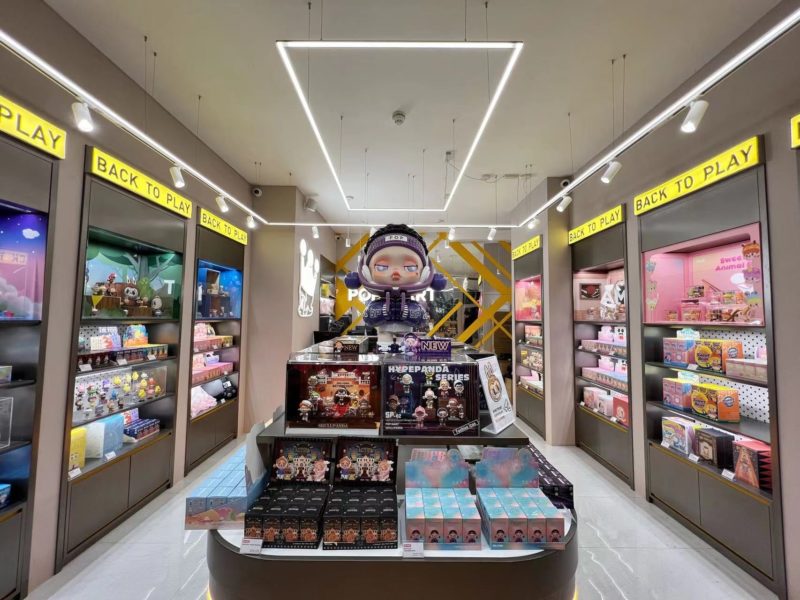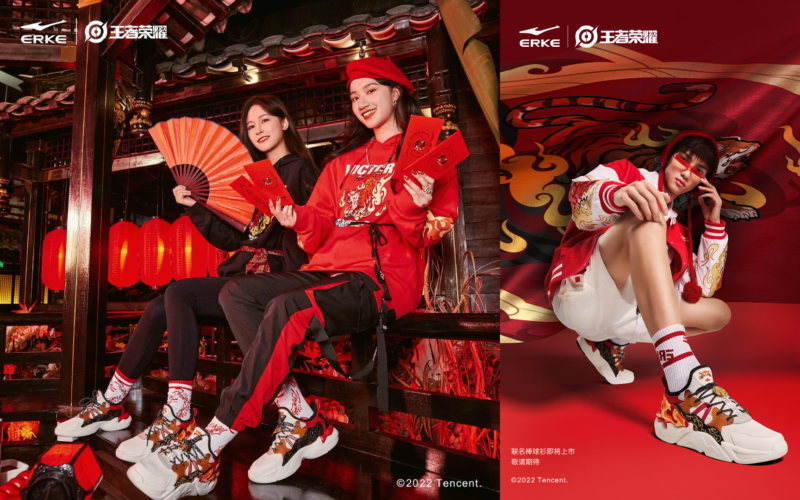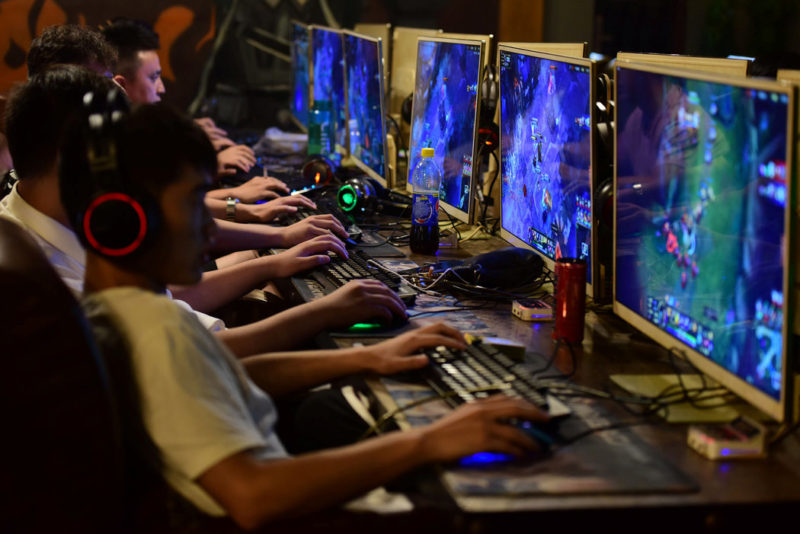China has logged a new height of luxury consumption, with more than 471 billion RMB ($74.2 billion) spent on luxury goods in 2021, a 36% rise from the year before, and almost double compared to that of 2019, as according to the latest China Luxury Report revealed by Bain & Company earlier in January.
This is a strong growth despite continuous disruptions from the ongoing pandemic, showing the resilience of the Chinese luxury market and keeping the country on track to be the world’s largest luxury market by 2025; casting further eyes on what is already a booming luxury economy.
Brands saw a varied performance in 2021, with growth rates ranging from 10% to 70%, but importantly most of them were able to improve upon the previous years and so did categories of luxury products. Leather goods were the fastest-growing, with a year-on-year growth rate at about 60%, followed by fashion products (up by 40%) and jewellery (35%).
The off-shore duty-free shopping centre in Hainan turned out to be an engine of China’s extravagant purchasing, which was the biggest contributor of sales in personal luxuries and luxury cosmetic products last year. Moreover, it is reported that over 90% of China’s luxury consumption in the past year was made at home due to COVID restrictions, showing e-commerce is more than a suitable home for such products.
This has shown the crucial role that off-shore duty-free shops play in the luxury industry, especially with the presence of the pandemic when lucrative Chinese consumers are not able to travel abroad and facilities as such bringing luxury goods with equivalent quality and price to their doorstep would draw in more visitors.
In the meantime, digitalisation among global luxury brands has also resulted in the continuous growth in luxury consumption in China. International conglomerates have been speeding up their layout in China’s digital landscape over the past few years and such efforts have been doubled down when the pandemic kicked in. While COVID has undoubtedly deepened the urgency of brands to expedite into the digital space, the move is also to cater to the needs of online interaction between brands and China’s digital-savvy young consumers, who are also the backbone of the country’s luxury consumption.
Read more:









